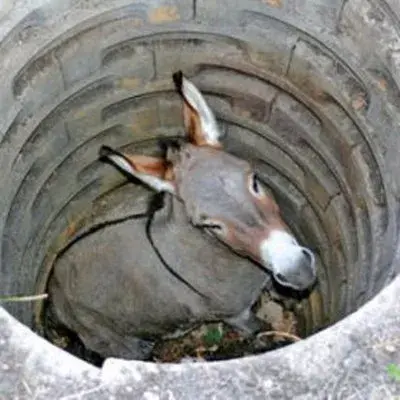I have set it up in a way where all the packets have to go through their VPN and if they don’t, they get dropped before they leave my PC.
That is the function of a firewall and not of the VPN. As I understand portmaster it does both. But that is not normal VPN behavior.
VPNs are not magic. They are a piece of software that encrypt traffic and send it to a special server. They do that by creating a virtual Internet connection (think like pluging in an additional Ethernet cable or connection to an addition WiFi at the same time). Everything that is sent through the virtual connection is encrypted. Your system now has (at least) two valid Internet connections (one real and one virtual). For every packet it sends it needs to decide which connection it should send it from. This is decided by something called the routing table. When you start the VPN it will put two routes into the table.
- traffic going to the VPN server goes through the real connection (so the encrypted VPN traffic is routed correctly)
- everything else goes through the virtual connection (the VPN tunnel where it gets encrypted)
The attack described is a way how a network router can add a new route into your devices routing table to basically override the second route from the VPN. The route is still there, there just is another one that has a higher priority.
A VPN is not the ultimate authority over your network traffic. It is just another program sending and recieving taffic.












The western hemisphere isn’t just the Americas. It includes half of europe…
There are quite a few people in the western hemisphere that don’t even bat an eye when they walk past a 1000 year old building on their way to work every day.
For me the oldest building is just a random house from the 13 century.